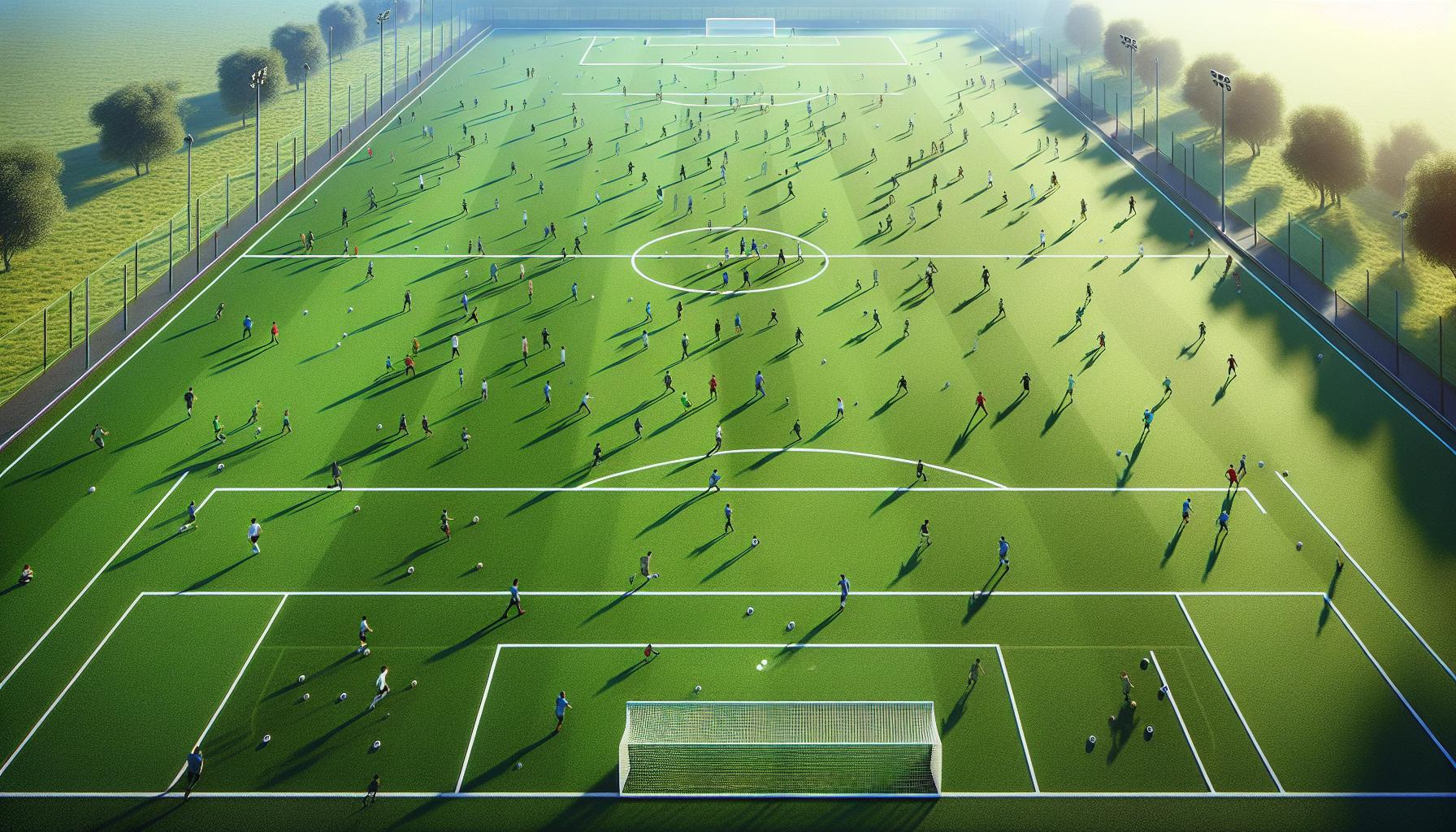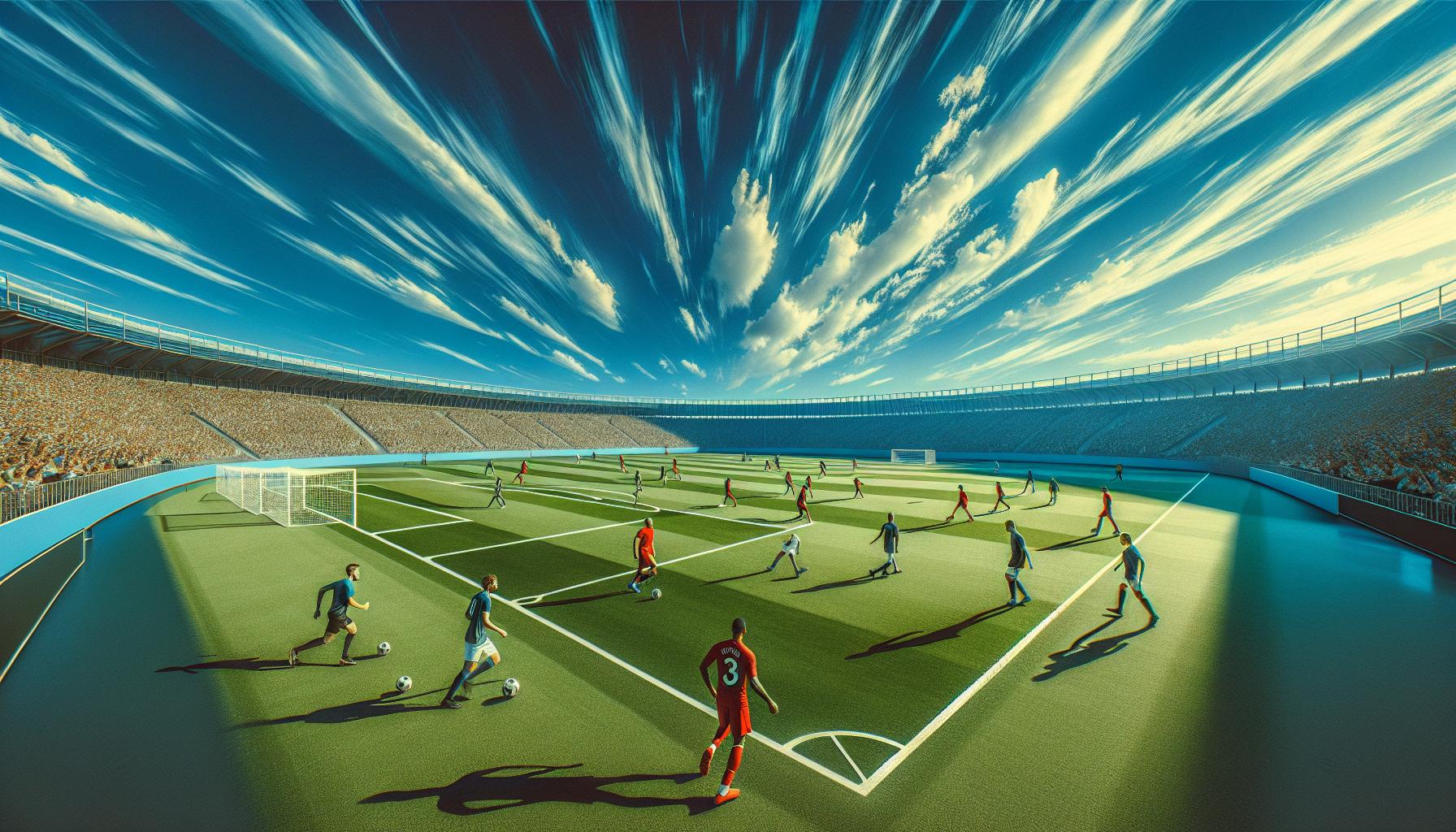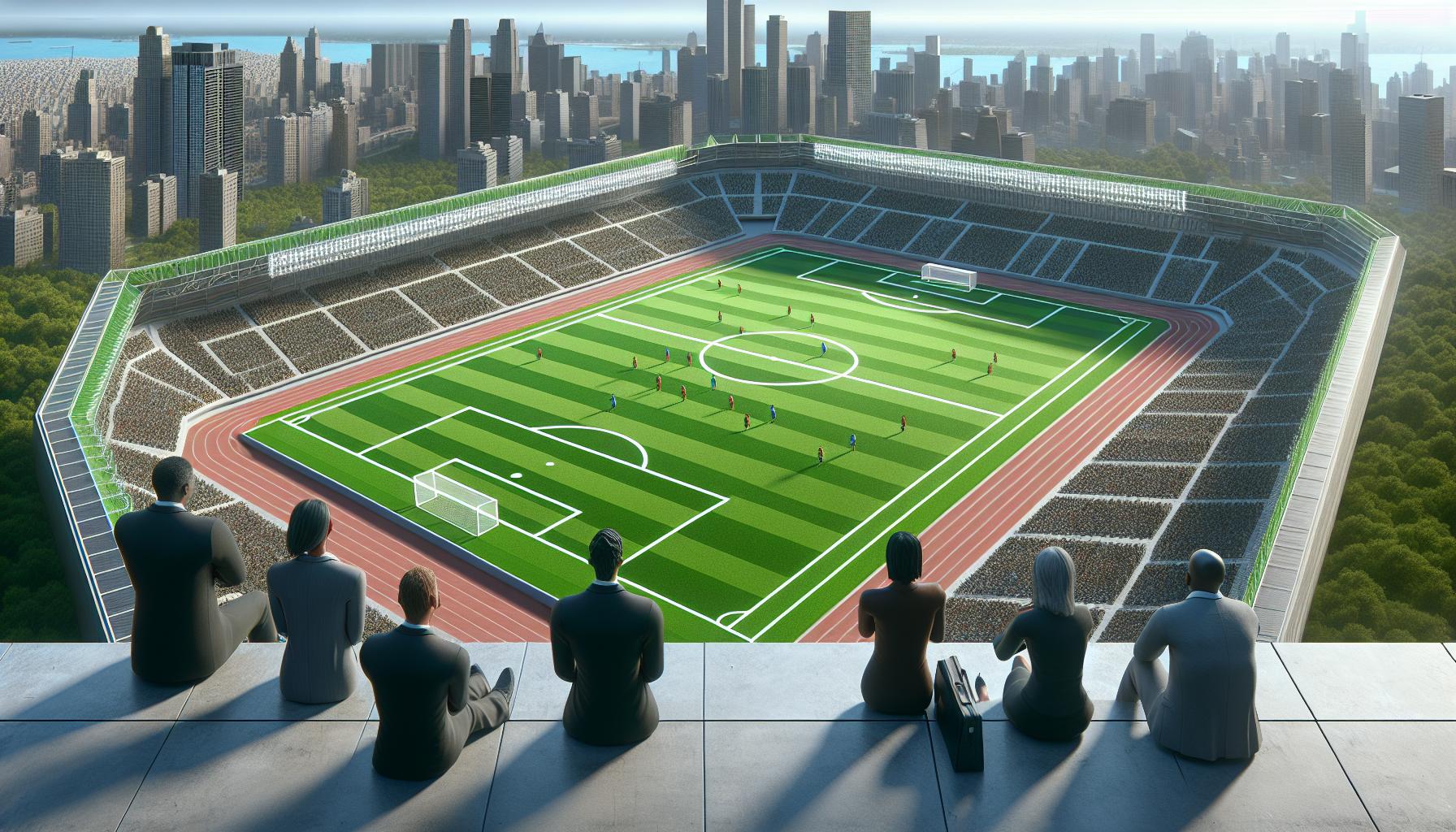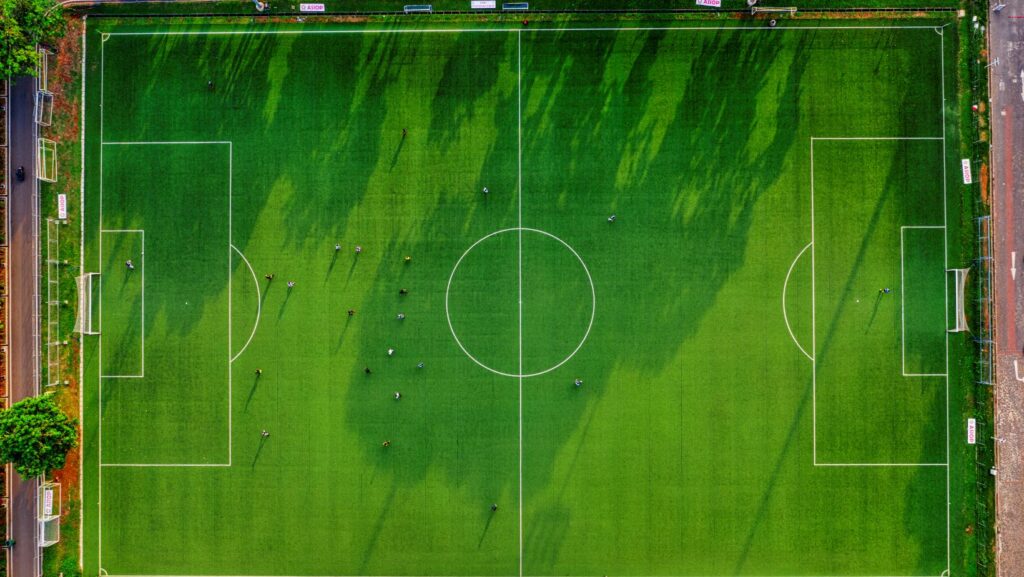How Long is a Soccer Field in Meters
- A standard soccer field measures between 100 to 110 meters in length and 64 to 75 meters in width for international matches.
- Field size varies based on competition level, with youth leagues using smaller fields typically ranging from 45 to 90 meters.
- Understanding the dimensions of a soccer field is crucial for gameplay strategy, influencing player movement and tactical formations.
- Compliance with international regulations set by IFAB ensures uniformity and fairness in official matches.
- Accurate field measurements significantly impact game dynamics, fostering different styles of play and player development.
- Larger fields promote expansive play, while smaller fields encourage rapid engagements, shaping distinct tactical approaches.
Soccer, known as football in many parts of the world, captivates millions with its fast-paced action and strategic gameplay. Understanding the dimensions of the field is crucial for players, coaches, and fans alike. One of the most fundamental aspects of the game is the size of the soccer field, which can significantly impact how the game is played.
A standard soccer field varies in length, but it typically ranges between 100 to 110 meters for international matches. This variability allows for different styles of play and tactics. Whether it’s a youth league or a professional tournament, knowing the exact measurements helps everyone appreciate the sport’s intricacies and enhances the overall experience.
Overview Of Soccer Field Dimensions
Understanding the dimensions of a soccer field is crucial for gameplay and strategic planning. The International Football Association Board (IFAB) sets specific standards, but variations can occur based on the level of play.
Standard Length Measurements
A standard soccer field length measures between 100 and 110 meters for international matches. This length allows for ample space, facilitating various playing styles. Each field also has a width ranging from 64 to 75 meters, maintaining the proportional dimensions essential for fair play.
Variations In Field Size
Field size can vary significantly based on competition level and regulations. Youth leagues may use smaller fields, typically measuring 45 to 90 meters in length. In contrast, professional leagues might adopt dimensions closer to the upper limits, such as 105 meters by 68 meters. These variations impact game dynamics, influencing players’ strategy and techniques.
Factors Affecting Field Length

Field length varies based on several important factors, including the level of play and international regulations. Understanding these factors provides deeper insight into how field dimensions influence soccer games.
Professional vs. Amateur Fields
Professional soccer fields typically range from 100 to 110 meters in length, adhering closely to the dimensions set by the International Football Association Board (IFAB). Amateur fields may vary significantly, often between 45 and 90 meters, depending on age groups and league standards. For instance, youth leagues often utilize smaller fields to suit developing players, which can impact the pace and style of play. Ultimately, the choice of field size can affect the strategies employed by teams, influencing everything from player positioning to tactical approaches.
International Regulations
International regulations by IFAB dictate that soccer fields must be rectangular, with specific lengths. For full-sized international matches, fields must measure between 100 and 110 meters in length and 64 to 75 meters in width. However, these dimensions allow for some variation, accommodating local needs and considerations. In various leagues, such as UEFA and FIFA competitions, adherence to these standards ensures consistency, influencing how the game is played across different regions and cultures. Compliance with these regulations ensures an equitable environment for all teams involved in international competitions.
Importance Of Accurate Measurements

Accurate measurements of a soccer field play a crucial role in ensuring fair play and optimal performance. Variability in dimensions can significantly affect gameplay, strategies, and player development.
Impact On Gameplay
Field dimensions influence player movement, tactical formations, and overall game flow. Larger fields, such as those measuring 110 meters in length, encourage expansive play and the use of speed by players, promoting individual skill and creativity. Conversely, smaller fields, common in youth leagues, allow for rapid engagements and continuous scoring opportunities, shaping different tactical approaches. The size directly affects choices such as spacing, positioning, and passing strategies, impacting how teams adapt their gameplay.
Compliance With Regulations
Compliance with established regulations, particularly those set by the International Football Association Board (IFAB), ensures uniformity across competitions. Adhering to specific measurements, such as the 105-meter length for professional matches, guarantees that teams compete under equal conditions, regardless of the venue. Such compliance fosters fairness, minimizes confusion, and maintains the integrity of the game, essential for both players and spectators. Recognizing the authorized standards also assists in proper field construction and maintenance, directly enhancing the quality of play.
Field Measurements Play a Significant Role

Understanding the dimensions of a soccer field is crucial for anyone involved in the sport. Whether it’s players adapting their strategies or fans appreciating the game at a deeper level, field measurements play a significant role. The variability in field sizes across different levels of play influences not just the tactics employed but also the overall dynamics of each match.
By adhering to the standards set by IFAB, leagues ensure a consistent playing environment that fosters fairness and integrity. Recognizing these dimensions enhances the appreciation of soccer’s complexities and highlights the importance of proper field construction and maintenance. This knowledge ultimately contributes to a better experience for players and spectators alike.

